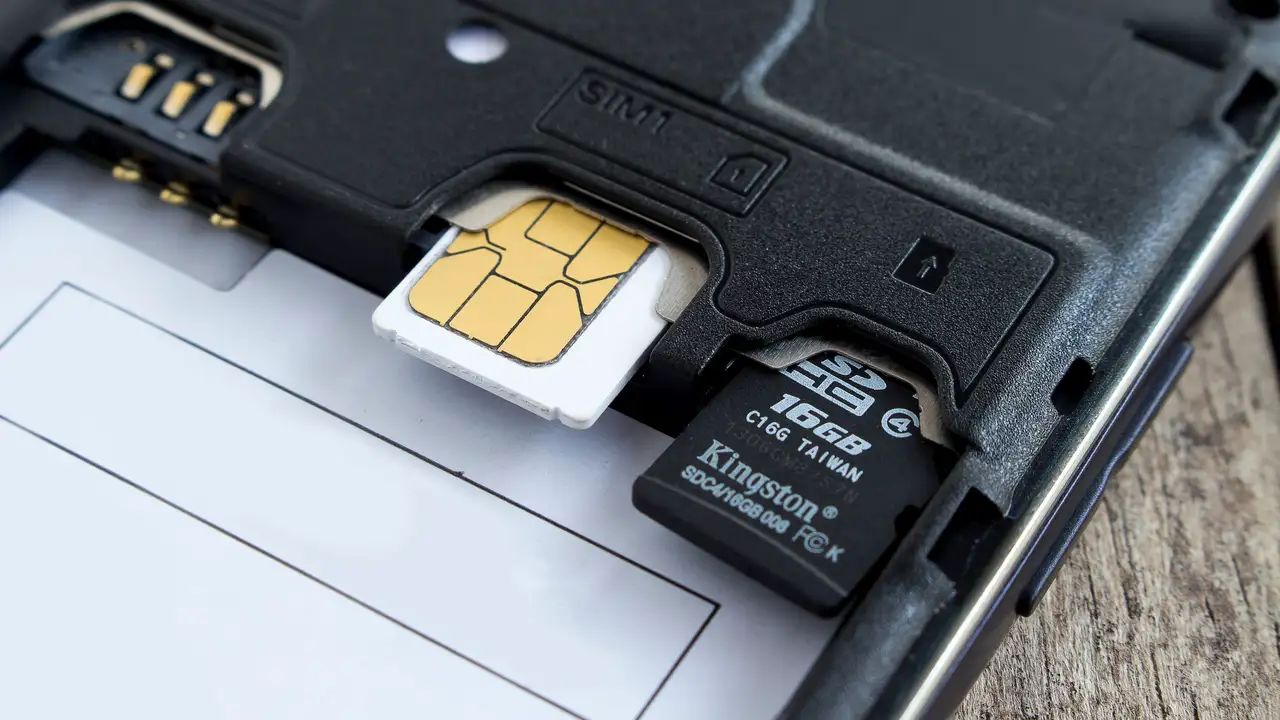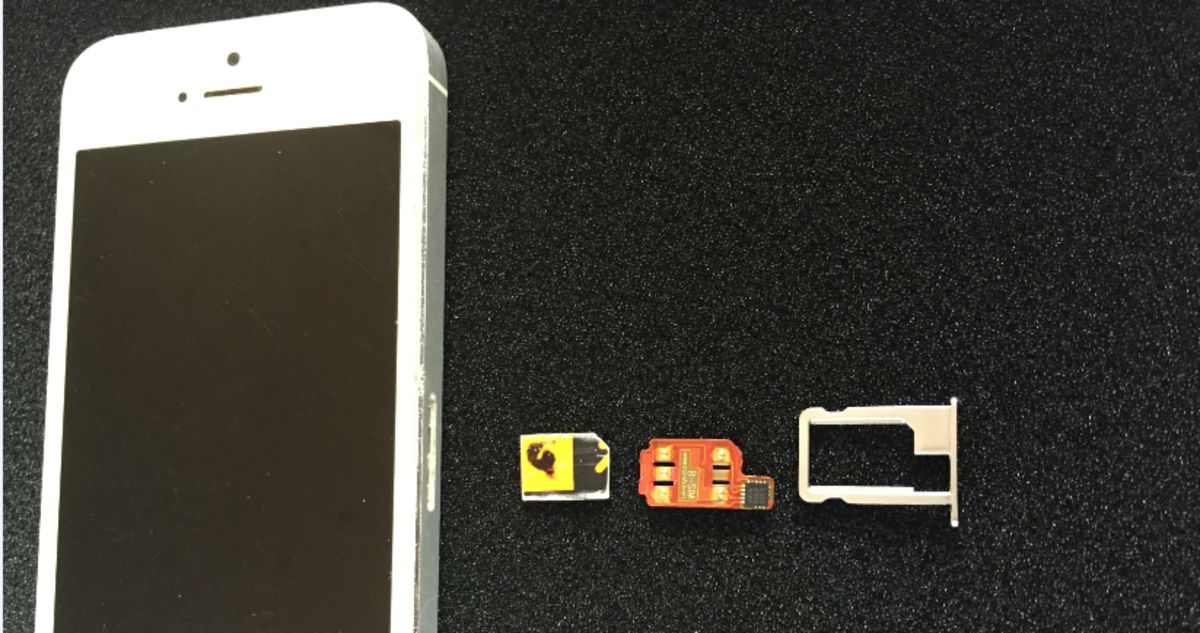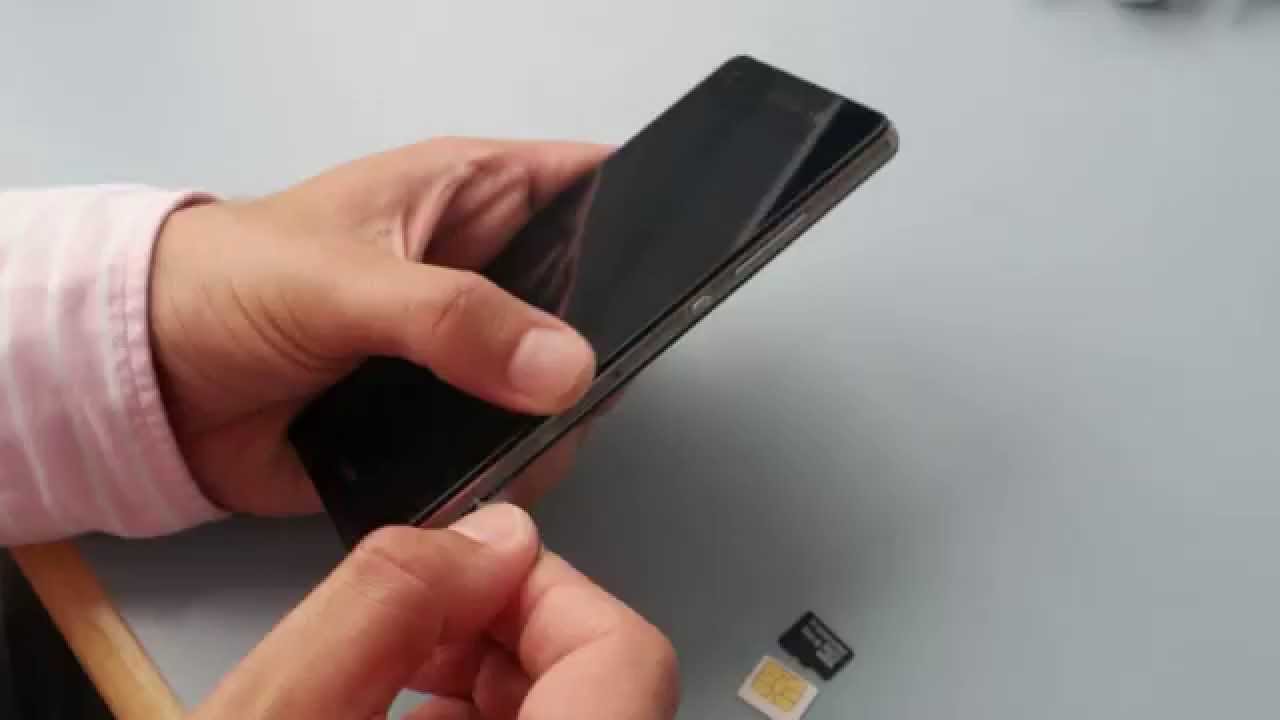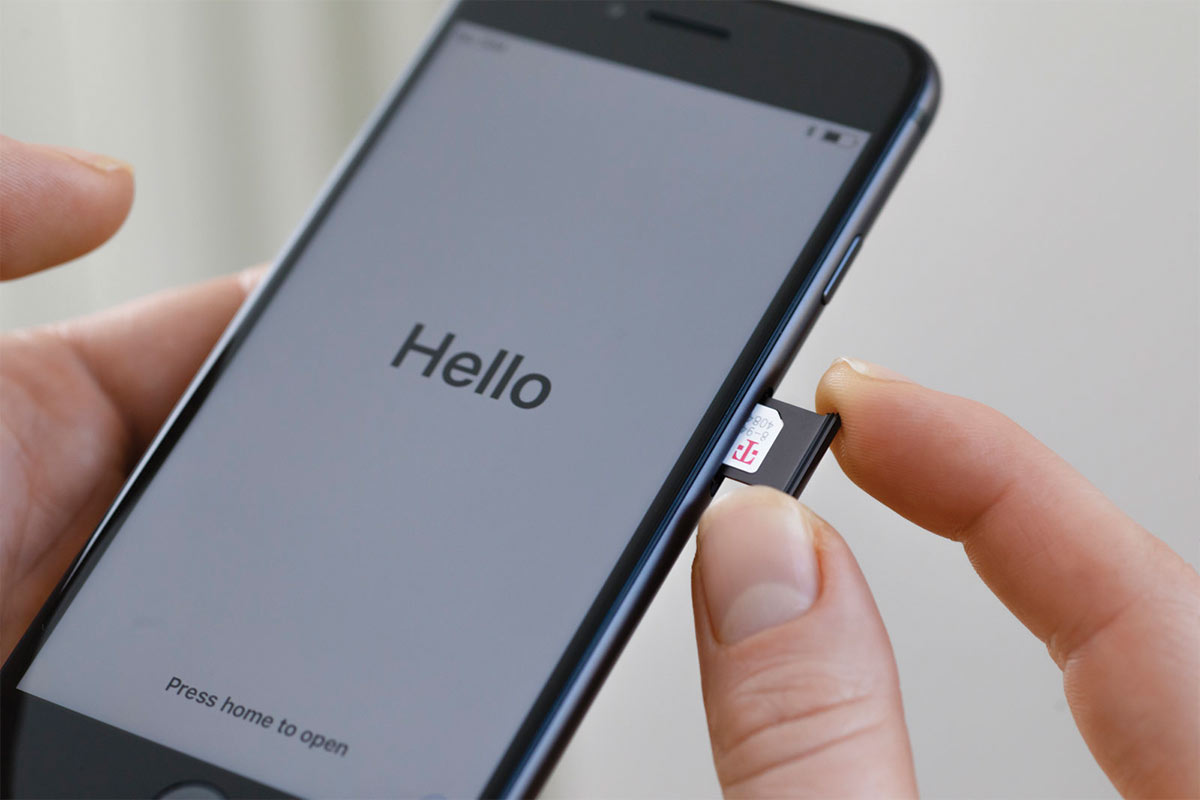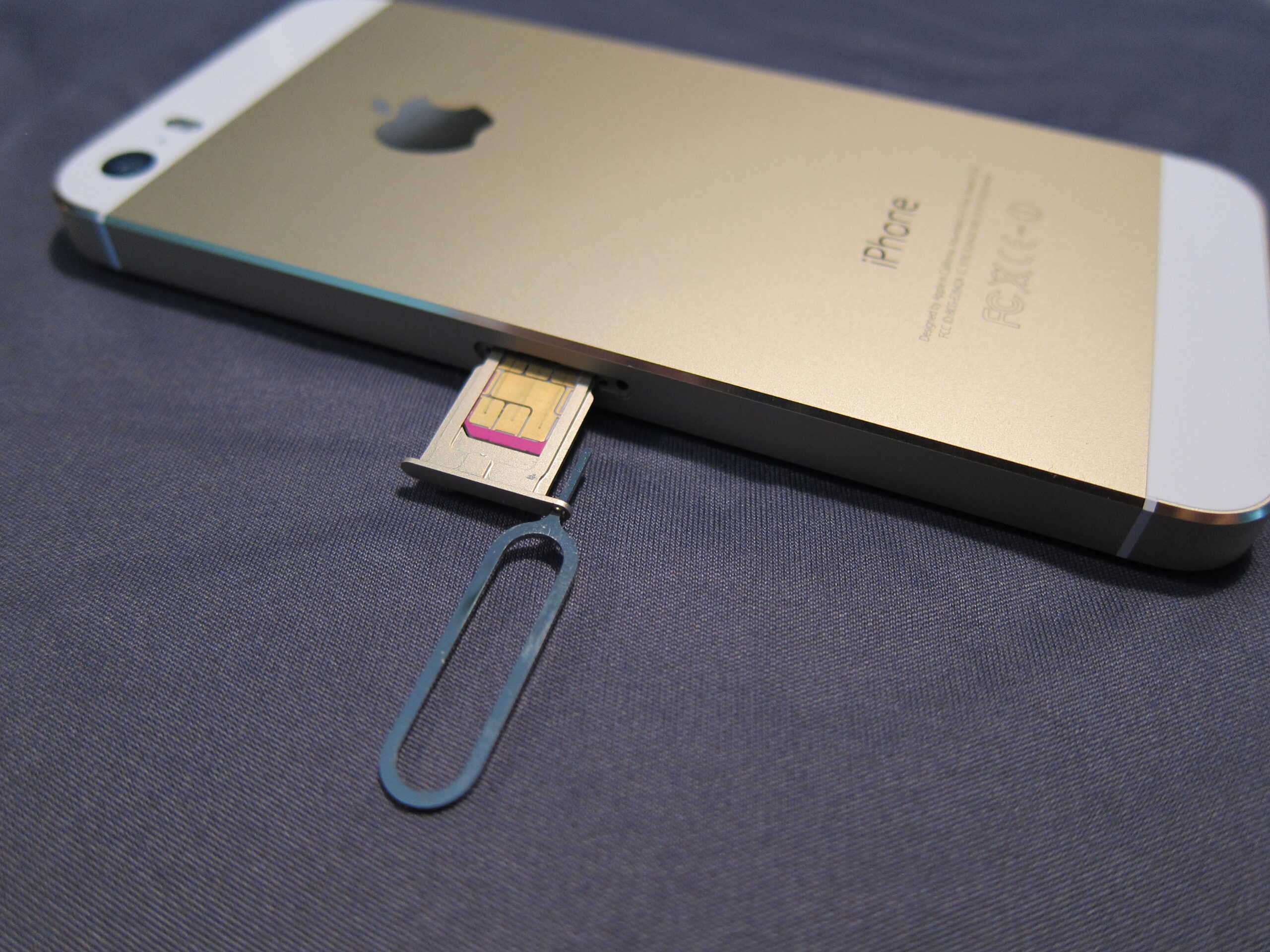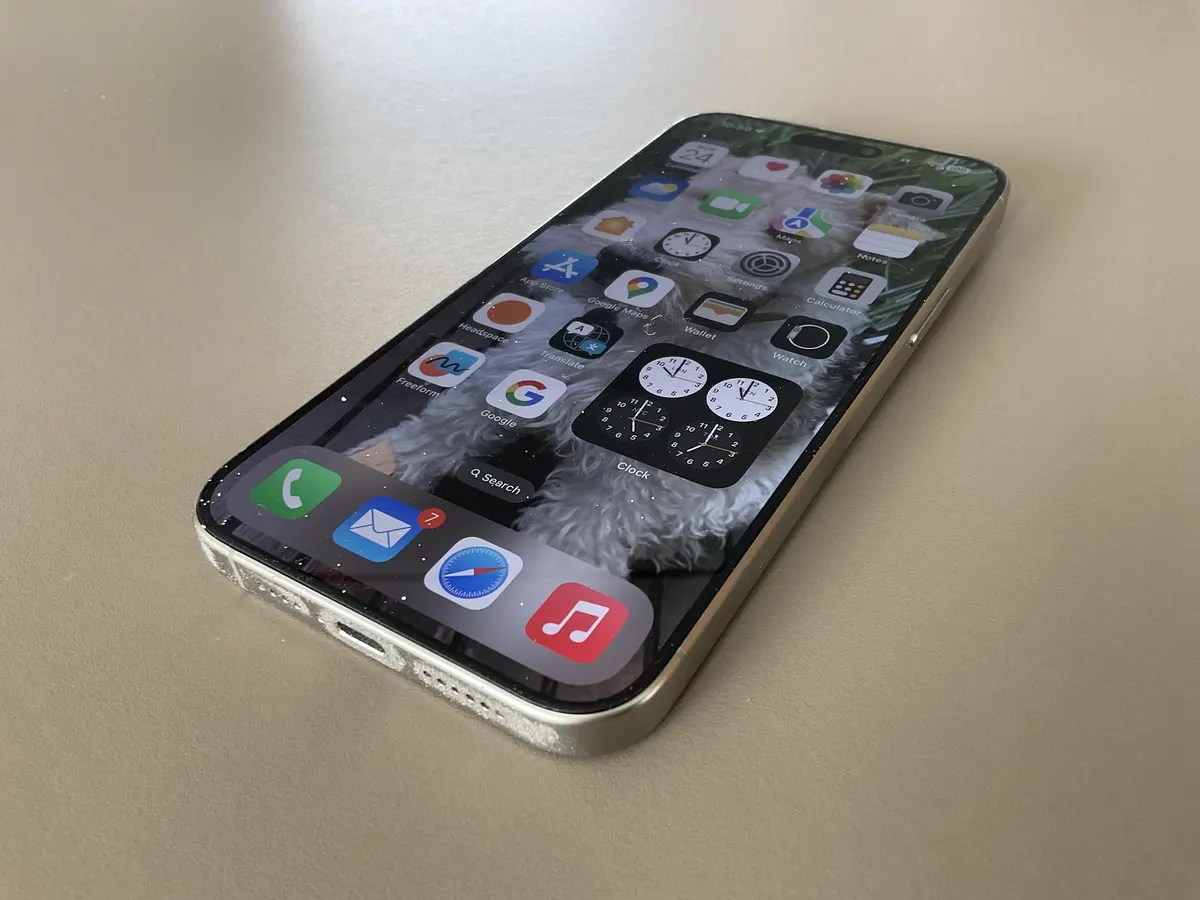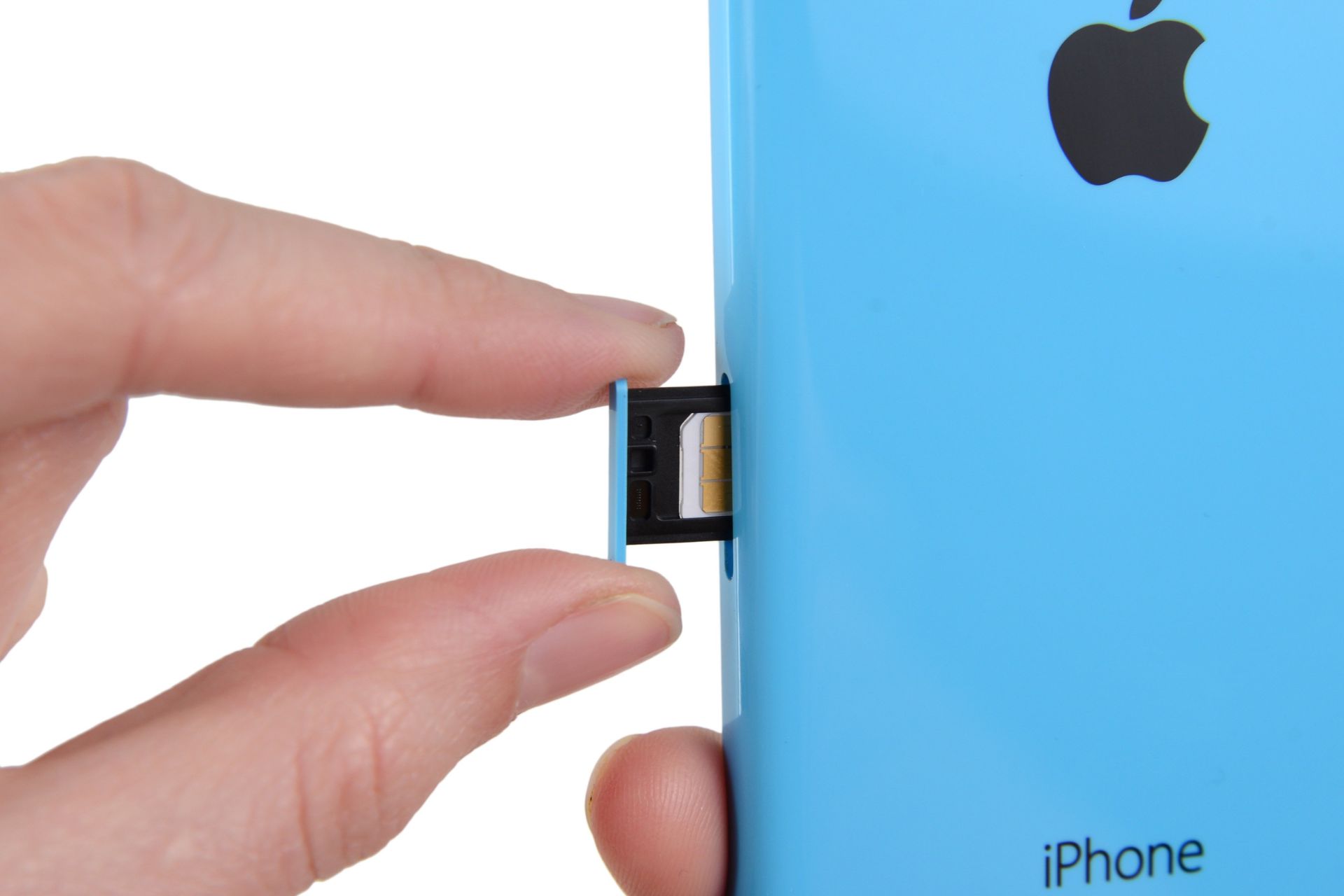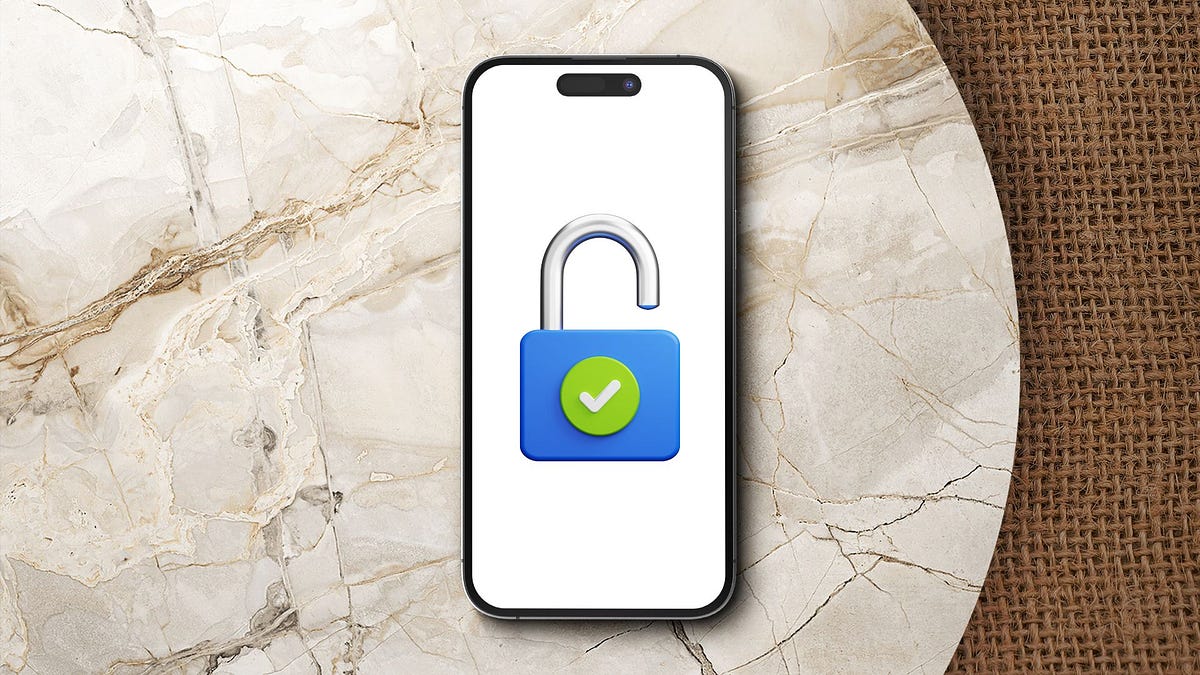Introduction
The SIM card is a small yet indispensable component of mobile devices, including the iconic iPhone 5. Understanding its role and functionality is crucial for anyone seeking to maximize the potential of their device. In this comprehensive guide, we will delve into the intricacies of the SIM card for the iPhone 5, shedding light on its significance, types, insertion process, activation, and troubleshooting methods.
The iPhone 5, known for its sleek design and innovative features, relies on the SIM card to connect to a cellular network, enabling users to make calls, send messages, and access mobile data. This tiny card holds a wealth of information, including the user's phone number, carrier details, and other essential data that facilitates seamless communication.
As we embark on this journey to unravel the mysteries of the SIM card, we will explore the different types of SIM cards available, the process of inserting a SIM card into the iPhone 5, and the crucial steps for activating it. Furthermore, we will equip you with troubleshooting tips to address any potential issues that may arise with the SIM card, ensuring a smooth and uninterrupted mobile experience.
Join us as we demystify the SIM card for the iPhone 5, empowering you with the knowledge to harness the full potential of this iconic device. Let's embark on this enlightening exploration of the SIM card and its pivotal role in the realm of mobile communication.
What is a SIM Card?
A SIM card, which stands for Subscriber Identity Module, is a fundamental component of mobile devices, including the iPhone 5. It serves as the linchpin that connects the device to the cellular network, enabling users to make calls, send text messages, and access mobile data. This small, thumbnail-sized card holds a wealth of crucial information, including the user's phone number, carrier details, and other essential data necessary for seamless communication.
The SIM card essentially acts as a unique identifier for the user within the cellular network. It contains encrypted information that authenticates the user's identity and allows them to connect to their carrier's network. This authentication process is pivotal in ensuring secure and authorized access to the network, safeguarding the user's privacy and preventing unauthorized usage of their mobile services.
Moreover, the SIM card stores essential data related to the user's mobile subscription, such as their unique IMSI (International Mobile Subscriber Identity) number, which is utilized to identify the user to the mobile network. Additionally, the SIM card holds the ICCID (Integrated Circuit Card Identifier), a unique serial number that distinguishes the SIM card from others.
Furthermore, the SIM card plays a pivotal role in enabling seamless roaming capabilities for users when traveling internationally. By simply swapping out the SIM card for a local one in a different country, users can effortlessly connect to a local network and avoid exorbitant roaming charges, making it an indispensable tool for globetrotters and frequent travelers.
In essence, the SIM card is the unsung hero behind the scenes, facilitating the seamless and secure connection between the iPhone 5 and the cellular network. Its role in authenticating the user, storing vital subscription information, and enabling international roaming capabilities underscores its significance as a cornerstone of mobile communication technology.
Types of SIM Cards
When it comes to SIM cards, there is a diverse array of types designed to cater to various devices and user preferences. Understanding the different types of SIM cards is essential, especially when considering compatibility and functionality with the iPhone 5. Let's explore the distinct variants of SIM cards available in the market:
-
Standard SIM (Mini-SIM): The standard SIM, also known as the Mini-SIM, was the first generation of SIM cards and was prevalent in earlier mobile devices. It features a larger form factor compared to its successors, making it incompatible with the iPhone 5 without the use of an adapter.
-
Micro-SIM: With the evolution of mobile technology, the Micro-SIM emerged as a smaller alternative to the standard SIM. It retains the same contact layout as the standard SIM but features a reduced form factor, making it compatible with the iPhone 5. Users can easily insert the Micro-SIM into the designated slot on the iPhone 5, enabling seamless connectivity.
-
Nano-SIM: The Nano-SIM represents the latest advancement in SIM card technology, characterized by a further reduction in size compared to its predecessors. Its diminutive form factor makes it the SIM card of choice for modern devices, including the iPhone 5. The Nano-SIM offers ample space savings within the device, allowing for sleeker designs and enhanced functionality.
-
eSIM (Embedded SIM): In recent years, the eSIM has emerged as a revolutionary alternative to traditional physical SIM cards. Unlike its physical counterparts, the eSIM is embedded within the device and can be programmed remotely to connect to a mobile network. While the iPhone 5 does not natively support eSIM technology, it is essential to note its growing prominence in modern mobile devices.
Understanding the distinctions between these SIM card variants is crucial for ensuring compatibility and seamless functionality with the iPhone 5. As mobile technology continues to evolve, the prevalence of eSIM technology and the ongoing refinement of physical SIM card form factors underscore the dynamic nature of mobile connectivity.
In essence, the diverse landscape of SIM cards reflects the continuous innovation and adaptation within the realm of mobile communication, catering to the evolving needs of users and devices. Whether it's the traditional physical SIM cards or the cutting-edge eSIM technology, each variant plays a pivotal role in facilitating seamless connectivity and empowering users with unparalleled mobile experiences.
How to Insert a SIM Card into iPhone 5
Inserting a SIM card into your iPhone 5 is a straightforward process that ensures seamless connectivity to your mobile network. Follow these simple steps to insert a SIM card into your iPhone 5:
-
Locate the SIM Card Tray: Begin by identifying the SIM card tray on your iPhone 5. This tray is typically located on the right-hand side of the device, near the top edge. You can easily spot the small pinhole next to the tray, which is used to eject the tray.
-
Eject the SIM Card Tray: To access the SIM card slot, you'll need to use the SIM eject tool provided with your iPhone 5 or a small paperclip. Gently insert the tool into the pinhole next to the SIM card tray and apply slight pressure to eject the tray.
-
Remove the SIM Card Tray: Once the tray is ejected, carefully pull it out of the device. The tray will accommodate the SIM card and ensure a secure fit within the iPhone 5.
-
Place the SIM Card: Take your SIM card and position it on the tray, ensuring that it aligns with the designated space. The SIM card should fit snugly within the tray, with the metal contacts facing downward.
-
Reinsert the SIM Card Tray: After placing the SIM card on the tray, gently slide the tray back into the iPhone 5 until it is flush with the device. Ensure that the tray is fully inserted to maintain a secure connection.
-
Power On Your iPhone 5: Once the SIM card tray is securely reinserted, power on your iPhone 5. The device will detect the presence of the SIM card and initiate the activation process, enabling you to connect to your mobile network.
By following these steps, you can effortlessly insert a SIM card into your iPhone 5, paving the way for uninterrupted communication and mobile connectivity. Whether you're setting up your iPhone 5 for the first time or replacing an existing SIM card, this simple process ensures that your device is primed for seamless interaction with your chosen mobile network.
Activating a SIM Card
Activating a SIM card is a crucial step in ensuring that your iPhone 5 is fully equipped to connect to your chosen mobile network. Whether you've just inserted a new SIM card or replaced an existing one, the activation process is essential for initiating communication services and enabling seamless connectivity. Here's a detailed guide on activating a SIM card for your iPhone 5:
-
Power On Your iPhone 5: Once you've inserted the SIM card into your iPhone 5, power on the device to initiate the activation process. The iPhone 5 will detect the presence of the SIM card and prompt you to proceed with the activation.
-
Connect to a Wi-Fi Network: To facilitate the activation process, ensure that your iPhone 5 is connected to a Wi-Fi network. This enables the device to communicate with the carrier's servers and complete the activation seamlessly.
-
Follow On-Screen Prompts: Upon powering on your iPhone 5, you may encounter on-screen prompts guiding you through the activation process. Follow the instructions provided, which may include entering your carrier's activation code or confirming your account details.
-
Contact Your Carrier: In some cases, activating the SIM card may require direct interaction with your mobile carrier. If prompted, reach out to your carrier's customer support or visit their activation portal to complete the activation process.
-
Wait for Activation: Once you've followed the necessary steps, allow your iPhone 5 to complete the activation process. This may involve the device communicating with the carrier's network to finalize the setup.
-
Confirm Activation: After the activation process is complete, your iPhone 5 will display confirmation messages indicating that the SIM card has been successfully activated. You should now have access to voice, messaging, and data services through your chosen mobile network.
Activating a SIM card for your iPhone 5 is a pivotal step that ensures seamless connectivity and access to essential mobile services. By following these steps and allowing the activation process to unfold, you can harness the full potential of your iPhone 5, leveraging its capabilities to stay connected and engaged in the digital realm.
Troubleshooting SIM Card Issues
Encountering issues with a SIM card can disrupt the seamless functionality of your iPhone 5. However, armed with the right knowledge and troubleshooting techniques, you can effectively address common SIM card-related challenges. Here's a comprehensive guide to troubleshooting SIM card issues on your iPhone 5:
1. Check SIM Card Compatibility
Ensure that the SIM card is compatible with your iPhone 5. Verify that the SIM card type matches the device's requirements. If you've recently switched to a new carrier, confirm that the SIM card is supported by your iPhone 5 and is not locked to a different network.
2. Inspect the SIM Card
Carefully remove the SIM card from your iPhone 5 and inspect it for any visible damage or signs of wear. Clean the metal contacts on the SIM card using a soft, dry cloth to remove any dust or debris that may impede proper connectivity.
3. Restart Your iPhone 5
A simple yet effective troubleshooting step involves restarting your iPhone 5. This can help resolve temporary software glitches that may be affecting the functionality of the SIM card. After restarting the device, check if the SIM card-related issues persist.
4. Verify Network Coverage
Ensure that your iPhone 5 is within an area with adequate network coverage. Weak or fluctuating signals can impact the performance of the SIM card, leading to call drops or data connectivity issues. If possible, try inserting the SIM card into another compatible device to assess its performance.
5. Reset Network Settings
Navigate to the "Settings" app on your iPhone 5 and select "General." From there, tap on "Reset" and choose "Reset Network Settings." This action will clear any network-related configurations and preferences, potentially resolving SIM card connectivity issues.
6. Update iOS
Keeping your iPhone 5's operating system up to date is essential for addressing known software-related issues. Check for available iOS updates by navigating to "Settings," selecting "General," and tapping on "Software Update." If an update is available, proceed with the installation to ensure optimal device performance.
7. Contact Your Carrier
If persistent SIM card issues persist, it's advisable to reach out to your mobile carrier's customer support. They can provide insights into network-related issues, verify the status of your SIM card, and offer assistance in troubleshooting complex connectivity challenges.
By following these troubleshooting steps, you can effectively diagnose and address SIM card-related issues on your iPhone 5, ensuring that your device maintains seamless connectivity and optimal performance.
Conclusion
In conclusion, the SIM card holds a pivotal role in the seamless operation of the iPhone 5, serving as the gateway to mobile connectivity and communication. Throughout this comprehensive guide, we have delved into the intricacies of the SIM card, shedding light on its significance, types, insertion process, activation, and troubleshooting methods.
The evolution of SIM card technology, from the standard Mini-SIM to the cutting-edge eSIM, underscores the dynamic nature of mobile communication. Understanding the distinct variants of SIM cards is essential for ensuring compatibility and functionality with the iPhone 5, empowering users to leverage the full potential of their devices. Whether it's the traditional physical SIM cards or the innovative eSIM technology, each variant plays a pivotal role in facilitating seamless connectivity and empowering users with unparalleled mobile experiences.
The process of inserting a SIM card into the iPhone 5 is a straightforward yet essential step that paves the way for uninterrupted communication and mobile connectivity. By following the simple steps outlined in this guide, users can effortlessly ensure that their devices are primed for seamless interaction with their chosen mobile networks.
Activating a SIM card is a crucial step that initiates communication services and enables seamless connectivity. By following the activation process and allowing the device to communicate with the carrier's network, users can harness the full potential of their iPhone 5, staying connected and engaged in the digital realm.
Encountering SIM card issues can be a frustrating experience, but armed with the right knowledge and troubleshooting techniques, users can effectively address common challenges. By inspecting the SIM card, restarting the device, and verifying network coverage, users can diagnose and resolve connectivity issues, ensuring that their iPhone 5 maintains seamless functionality.
In essence, the SIM card for the iPhone 5 represents more than just a physical component—it symbolizes the gateway to a world of seamless communication, connectivity, and digital experiences. By understanding its intricacies and mastering the processes of insertion, activation, and troubleshooting, users can unlock the full potential of their iPhone 5, embracing the power of mobile connectivity in the palm of their hands.







